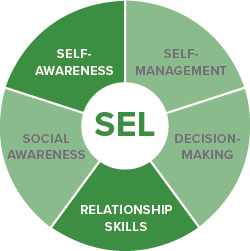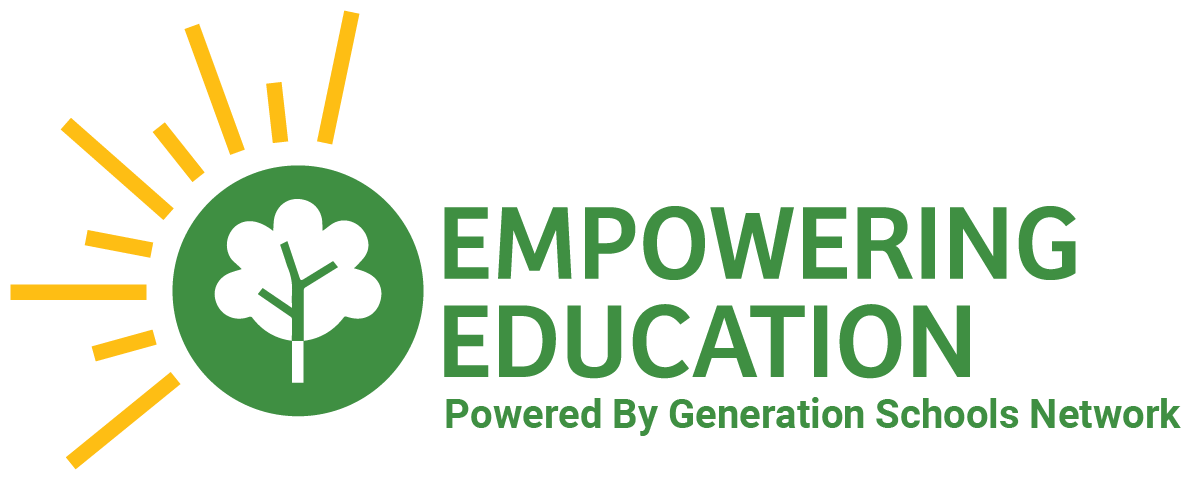Locked Content
Unlock this lesson plan by becoming a paid member. Existing members, please log in.
Students will learn the value and form of an apology.
By the end of the lessons, students will be able to:
- Identify the benefits of apologizing
- Identify when an apology is ill-timed, inauthentic, or incomplete
- Use suggested steps for making an effective apology
Children can struggle to apologize, especially if they’ve never been taught how to do it. This lesson teaches students to 1) calm down, 2) say you’re sorry and why what you did hurt, and 3) ask how to fix the problem. (If you have established classroom or school apology steps, use those instead.)
The lesson begins with a mindfulness practice in which students learn to breathe in and out while tracing their hand with a finger. You then lead a brief discussion why apologizing is important, followed by a Munchy and Jumpy story that hinges on the benefit of apologizing—both to the giver and receiver of the apology. Then the
lesson pivots to discussing how to apologize effectively. Students then draw a picture of themselves giving an apology to a friend.
As always, use the Munchy and Jumpy story as the lead for this lesson.
Following the story, teach the steps of apologizing through the lesson plan, encouraging students to participate in the conversation of what makes an effective apology and ask for students to volunteer to turn their videos on and practice with a classmate.
Following the story, teach the steps of apologizing through the lesson plan. Then, have students complete the additional activity of creating a sign or poster for their house or bedroom with the apology steps.
CASEL Competencies
Self-awareness: The abilities to understand one’s own emotions, thoughts, and values and how they influence behavior across contexts. This includes capacities to recognize one’s strengths and limitations with a well-grounded sense of confidence and purpose.
Relationship skills: The abilities to establish and maintain healthy and supportive relationships and to effectively navigate settings with diverse individuals and groups. This includes the capacities to communicate clearly, listen actively, cooperate, work collaboratively to problem solve and negotiate conflict constructively, navigate settings with differing social and cultural demands and opportunities, provide leadership, and seek or offer help when needed.


